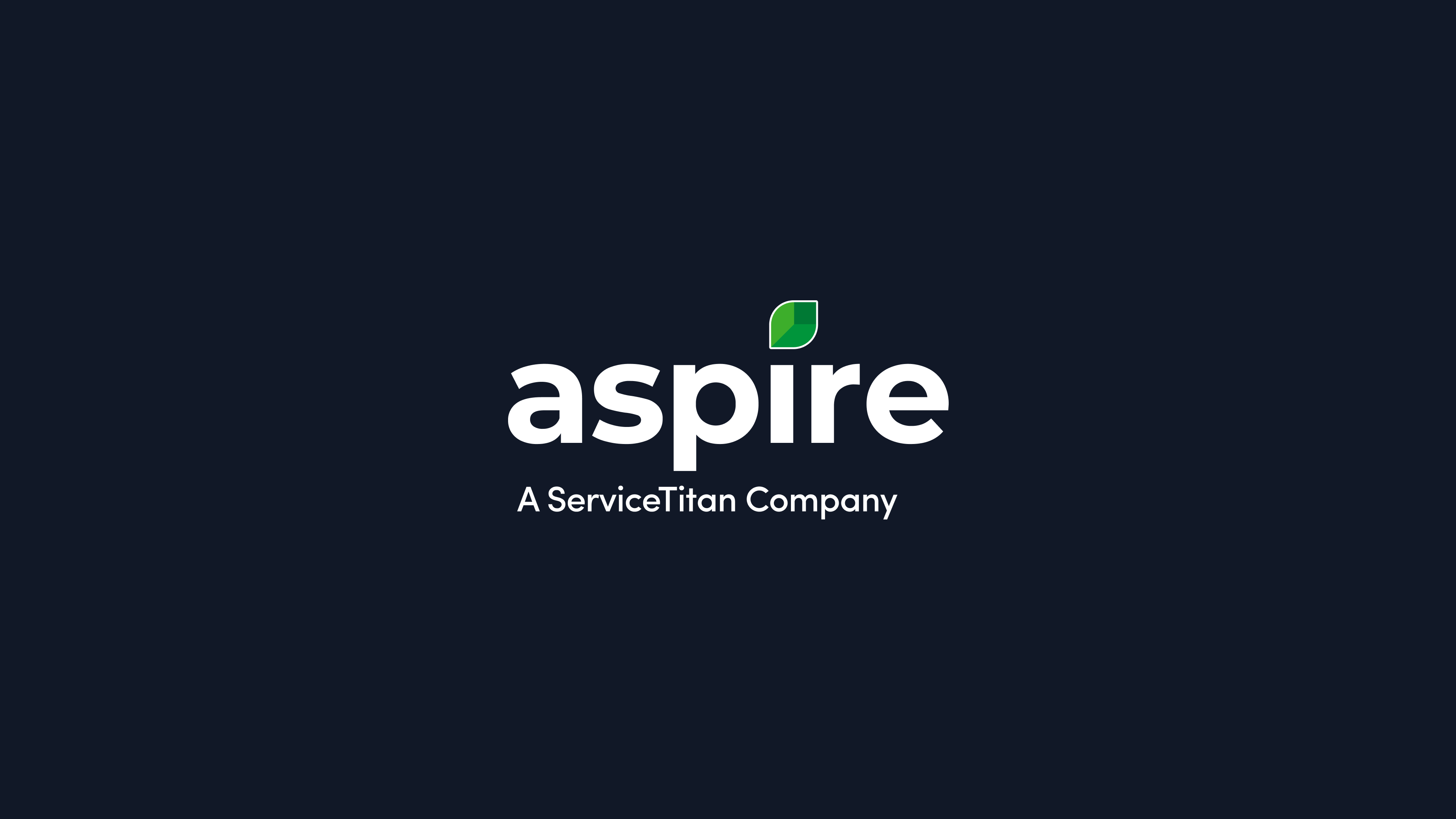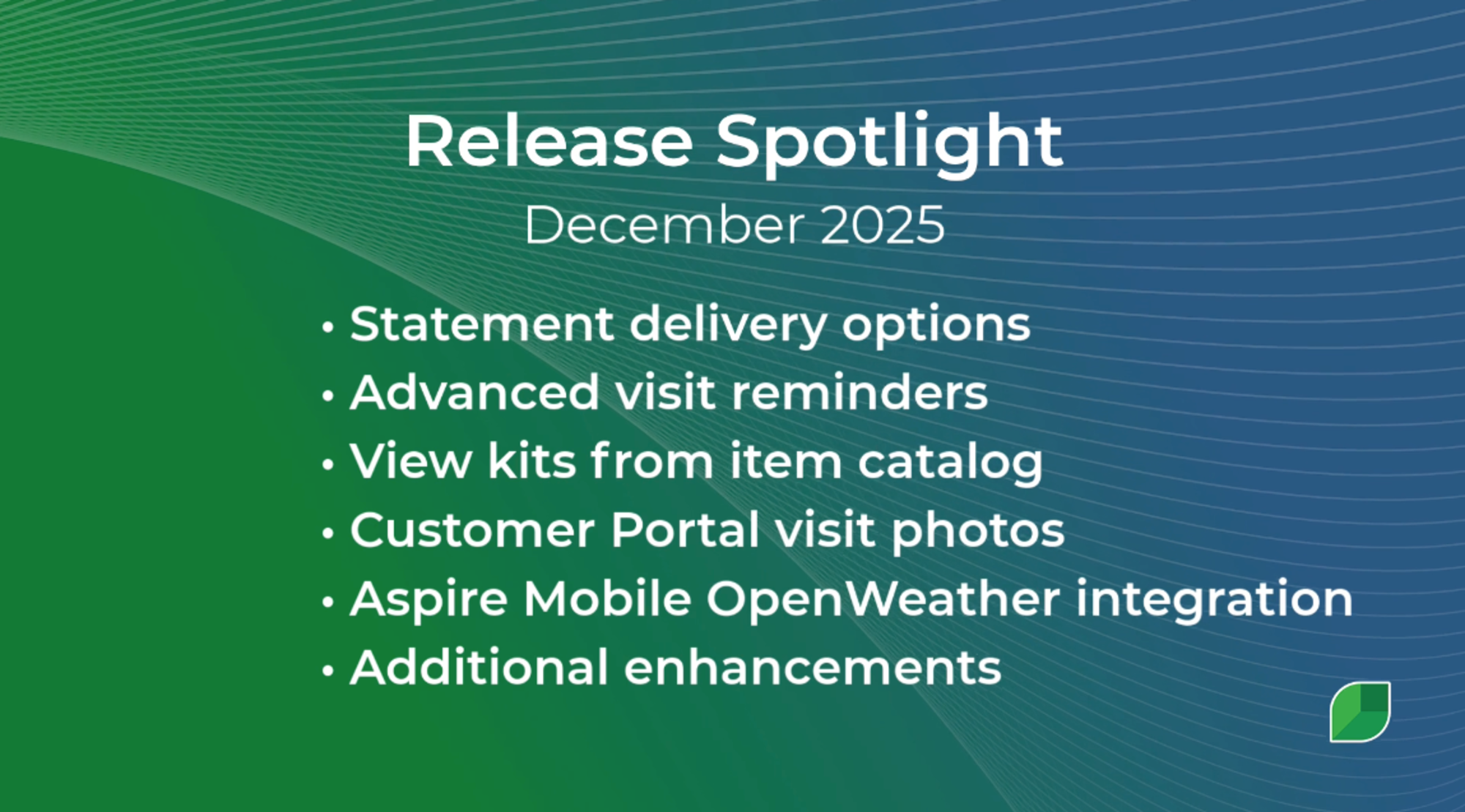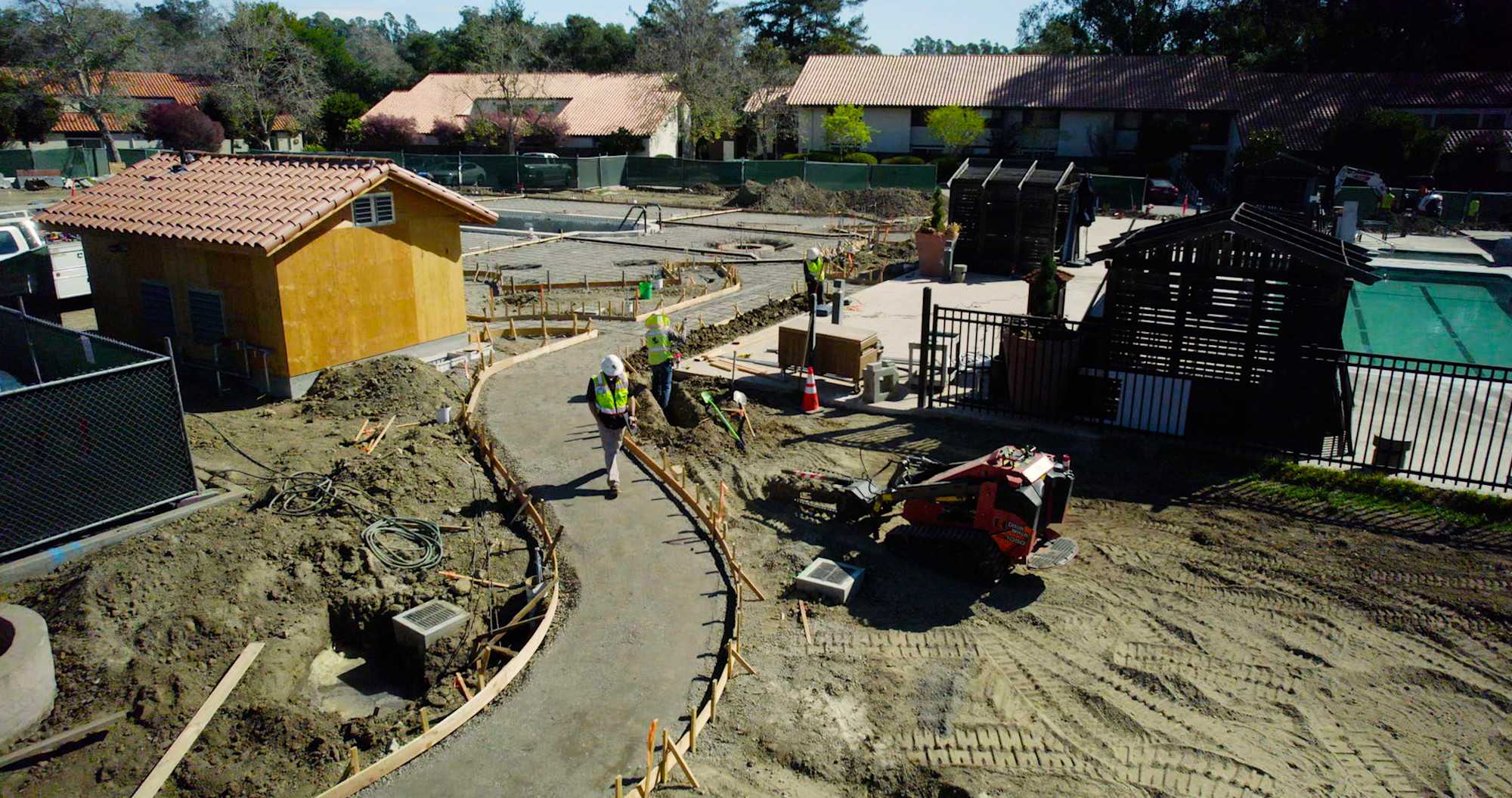Table of Contents
Table of Contents
- Retention is essential to success
- Processes are important
- Using efficiency for retention
- Why should you sell your used landscaping equipment?
- When should you sell your landscaping equipment?
- How to determine the right price for your equipment
- Where can you sell your landscaping equipment?
- Online marketplaces
- Industry-specific platforms
- Local sales
- How to prepare your equipment for sale
- How can you write a compelling listing that attracts buyers?
- What are the most important tips for negotiating and closing the sale?
- How can Aspire help you sell and manage landscaping equipment?
Labor shortages and efficiency issues that hinder profitability continue to plague the commercial landscaping industry, but a recent survey shows many companies are taking action to remain competitive.
A majority of commercial landscape companies responding to an Aspire industry survey, conducted by Thrive Analytics, plan to increase wages for employees in order to retain them and remain competitive. The survey, which polled 1,015 commercial landscape professionals between May 2 and May 23, 2025, showed:
79% of landscape companies are focused on increasing revenue through new projects;
70 percent say they will increase wages in order to keep employees;
51% say a key business goal is to improve operational efficiency; and
29% are using 10 or more software solutions to run their business.
Revenue in the commercial landscape industry remains anchored in recurring services, with 59% of respondents reporting that the majority of their revenue comes from maintenance contracts.
Retention is essential to success
Retaining a skilled workforce is critical to contractors’ ability to serve those customers well, and thus keep those contracts. But how can they accomplish that?
Jon Gohl, Director of Customer Experience at Aspire Software, suggests a two-pronged approach: looking at employees as an investment in the future, and making the business run as efficiently as possible to maximize profit, not just revenue.
Those tactics, in tandem, provide a career path while simultaneously making the difficult jobs in the field easier on everyone.
Gohl says a focus on profit over revenue is the way to accomplish both. Profitability, he says, brings growth to the business and opportunities for scale, which means jobs for more employees.
“I think commercial landscape companies tend to see revenue as, ‘Wow, I went to $10 million,’” Gohl says. “But if they don't know their costs, they might not even understand their profit.
“They’re always going to be working on revenue. They should be working more on profit.”
Processes are important
Gohl suggests a focus on processes to improve a contractor’s understanding of profit, and of their costs.
More contractors are investing in technology to put systems and processes in place beyond spreadsheets and online calendars, at once giving their workforce a competitive edge and increasing their earning potential.
Among survey respondents, 41% say they are focusing on improving their workflows, and 38% on improving their profit margins.
But software adoption remains fragmented. Most respondents use software for core functions such as accounting (72%) and invoicing (67%), but 29% of respondents are using 10 or more solutions to run their business.
Companies are slowly coming around to adopting cloud-based, end-to-end software such as Aspire, which works seamlessly across all business operations. Software like Aspire, Gohl says, reduces the number of software applications required overall.
“Aspire is worth every penny,” Gohl says. “You get your ROI. It's just going to improve efficiency and especially profitability to make you more money.”
Using efficiency for retention
Because greater efficiency makes every job easier, it helps with retention, too. Gohl applauds the 51% of the contractors in the survey who listed improving operational efficiency as a key goal for the year.
But only 26% of respondents said they’ll invest in employee training in the next year, a number Gohl says is too low. Especially now.
“Retention is hard,” he said. “Anybody will jump for a quarter.”
The way to combat that churn is to make your company a great place to work—with fair compensation, clear expectations, and the tools to do every job efficiently.
And, he says, to show employees the future.
“Have a flight path for your employees,” Gohl suggests. “They need to understand, if I work here, here’s where I can go.”
Taking employees to lunch, holding company barbecues and rewarding those who do outstanding work with gift cards are just a start, he says. Making investments in the overall business, and providing a clear path for expanded opportunity, is the game-changer.
Businesses that recognize and reward employees for good work, optimize operations and maximize profit are more likely to keep good employees, Gohl says. And retention feeds growth.
“You have to know who you are, who you want to be, and get the tools and the people you need to get there,” Gohl says. “Start getting the right people on board and the right technology on board.
“And get after it.”







